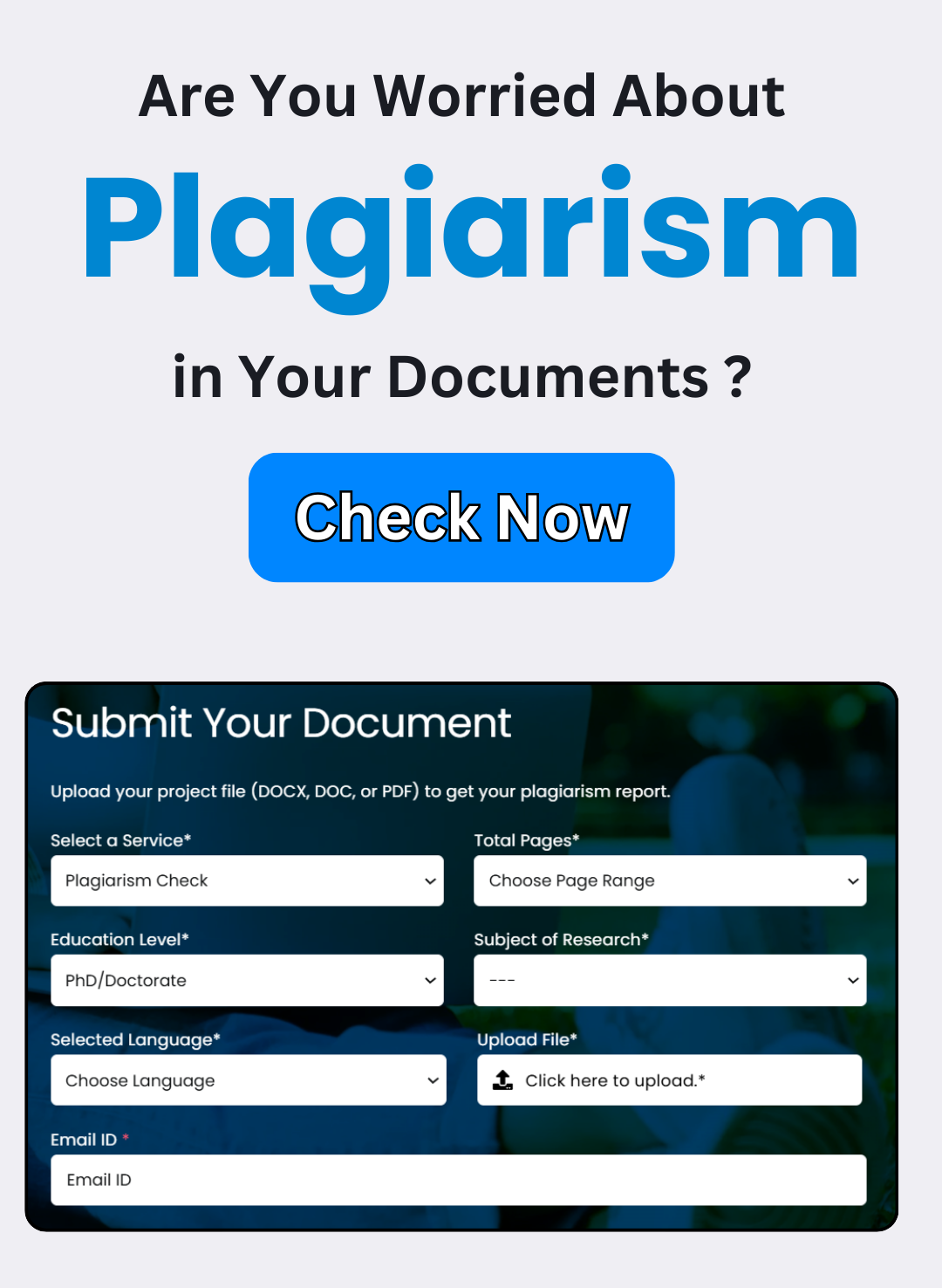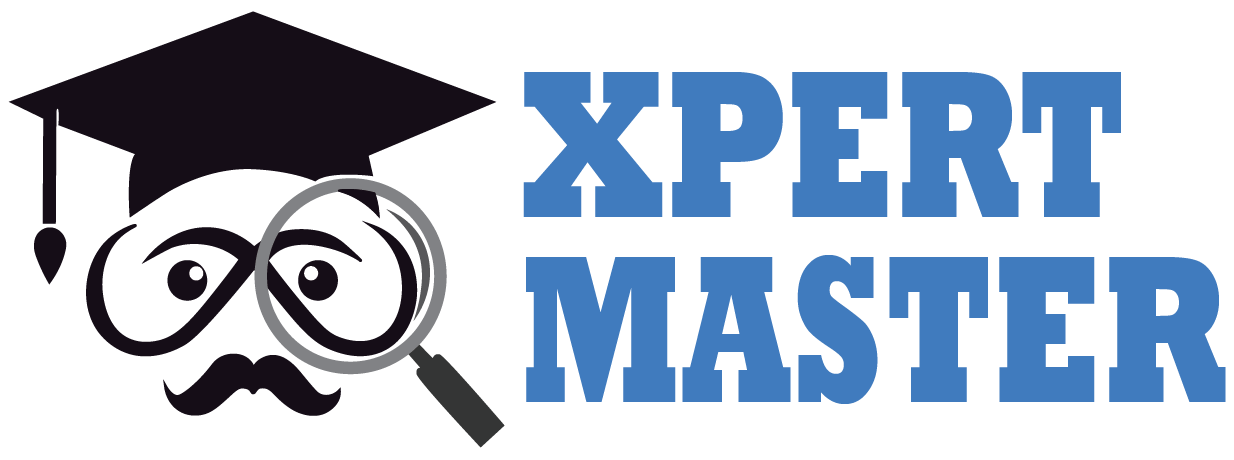Unmasking Digital Plagiarism: How to Spot, Avoid, and Protect Your Content
Understanding Digital plagiarism – If you do not give credit to the author of the work or obtain their permission, then you are guilty of plagiarism. Plagiarism was frowned upon for a long time, but now that the internet is so prevalent, it’s easier than ever to reuse other people’s work without crediting them. It is important that people and companies understand what plagiarism is, and how it can be prevented in today’s digital age. Understanding Digital Plagiarism is the topic of this article.
As a result, different forms of digital plagiarizing have been developed. Plagiarism has changed a bit with the digital age. This article will provide you with more information. Plagiarism can be a serious problem because it reduces the value and originality of content and ideas. By stealing the credit from original creators, people who use other people’s work without crediting them are stealing their work. This is especially damaging to those in creative fields like journalism, academia and the arts where creativity and originality are valued.
What is Digital Plagiarism, and what does it mean?
- The main reason why plagiarism In the digital age, it has become so easy to copy-paste content from the Internet. Anyone can use and access the work of other people with just a few mouse clicks without having to spend the time or effort creating their own original content. The number of people engaging in plagiarism has increased, whether it is done intentionally or not.
- Plagiarism can take many forms. Some of them include copying and pasting text from another source without proper credit, paraphrasing someone else’s work without proper attribution and using ideas or research of someone else without giving credit. It is possible to plagiarize videos, images and other media in the digital age.
- Plagiarism may also result in legal penalties. Copyright laws are common in many countries. They protect creators’ work and allow them to have control over how it is used. Copyright laws can be used to sue someone who uses another person’s work without their permission.
- Individuals and organizations can avoid plagiarism by taking several steps in the digital era. When using someone else’s work, it is important to cite the source. It is important to provide a list of accurate references that includes the author, title and publication details.
- Use plagiarism detection software to detect and avoid plagiarism. These tools scan texts and other content types and flag instances of plagiarism or non-original material. It can be used by individuals and companies to identify and resolve potential plagiarism problems before they become a serious problem.
- It is important to follow and understand the policies and guidelines of the institutions and organizations you are affiliated to. Some organizations, like schools and universities have policies that are strict in order to prevent plagiarism. They may also have penalties in place for those found guilty.
The conclusion of the article is:
Understanding plagiarism in the digital era is ultimately about giving credit to the original author and recognizing their work. Individuals and organizations can avoid plagiarism by following the best practices of citing sources, and using plagiarism detector tools. It is important to know about plagiarism in this digital age, to avoid legal and ethical issues.
How Much Turnitin Plagiarism Is Accepted for Publishing a Book?
Introduction:
When it comes to publishing a […]
How to Submit Your Thesis Without Plagiarism: Our Turnitin Report Service in India
Introduction
Writing a thesis is one of […]
Why Turnitin Plagiarism Check is Essential for International Research Collaboration
Introduction
International research collaborations are becoming increasingly […]
How to Improve Your Turnitin Report Score for Research Papers in India
Introduction
For students and researchers in India, […]
The Role of Turnitin in Academic Research and Publication in India
Introduction
Academic research and publication are central […]
Is Your Thesis Plagiarism-Free? How Turnitin Reports Can Help Indian Students
Introduction
Writing a thesis is a monumental […]


